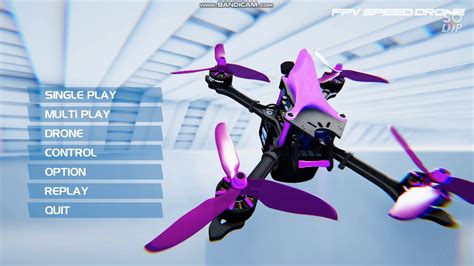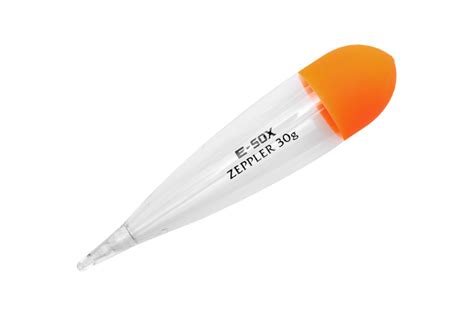Creating a drone simulator in First Person View (FPV) is a challenging but exciting venture, calling for community collaboration to achieve success. This process involves integrating various components, such as adding 4AA batteries to a remote control console and attaching a camera to the drone. The importance of compatibility between different aspect ratios, like a 4:3 live feed to 16:9 VR goggles, is critical to avoid image distortion.
The evolution of VR headsets, particularly the Oculus Rift, has opened new possibilities for drone FPV control. These headsets can potentially provide a 360-degree view with digital panning, creating an immersive flight experience when paired with sufficient camera data. Nudge Reality’s DroneOps VR is a notable development, aiming to revolutionize drone pilot training through Virtual Reality.
The integration of VR in drones extends to various models and applications. The Promark P70 VR Drone, known for its responsiveness, exemplifies this integration. DJI’s offerings, like the Avata FPV Drone, boast impressive features such as 4K/60fps video, a 155-degree Field of View (FOV), and long-range image transmission. However, it’s important to note that in Dual Operation Mode, certain functionalities like Head Tracking Mode may not be supported.
Drone simulators like Liftoff cater to both novice and experienced pilots, offering a realistic flying experience. These simulators provide different modes and tracks for practicing flying skills. Similarly, DJI’s Flight Simulator uses their advanced flight control technology to offer a natural flying experience, beneficial for professional pilot training.
For underwater exploration, there are specialized drones like the PowerRay Explorer and PowerRay Wizard. These drones come equipped with features like the PowerSeeker sonar for identifying fishing hotspots and Zeiss VR One Goggles for a unique underwater viewing experience.
When it comes to drone planning, applications like Dronedesk significantly reduce the time required, as compared to traditional pen-and-paper methods. Additionally, wearables like the MagiMask VR headset enhance the drone flying experience by magnifying the smartphone screen for better visibility.
In the realm of dedicated FPV drones, mechanical stabilization and digital image stabilization play a crucial role in ensuring quality footage. The DJI Air 2S, with its compact design and powerful sensor, is an ideal choice for creators on the move.
Safety and regulatory aspects are also crucial when flying drones with VR headsets. Discussions around these topics, including potential FAA regulations, are ongoing and vital for responsible drone usage.
For those interested in the competitive scene, the Drone Racing League features the world’s best pilots and attracts millions of viewers across various platforms. Understanding and keeping up with these developments is essential for enthusiasts and professionals alike.
To explore these advanced drones and VR technologies, consider the DJI Mavic 3 Pro, DJI Mini 3 Pro, or DJI Air 2S for a range of aerial photography and videography needs.


